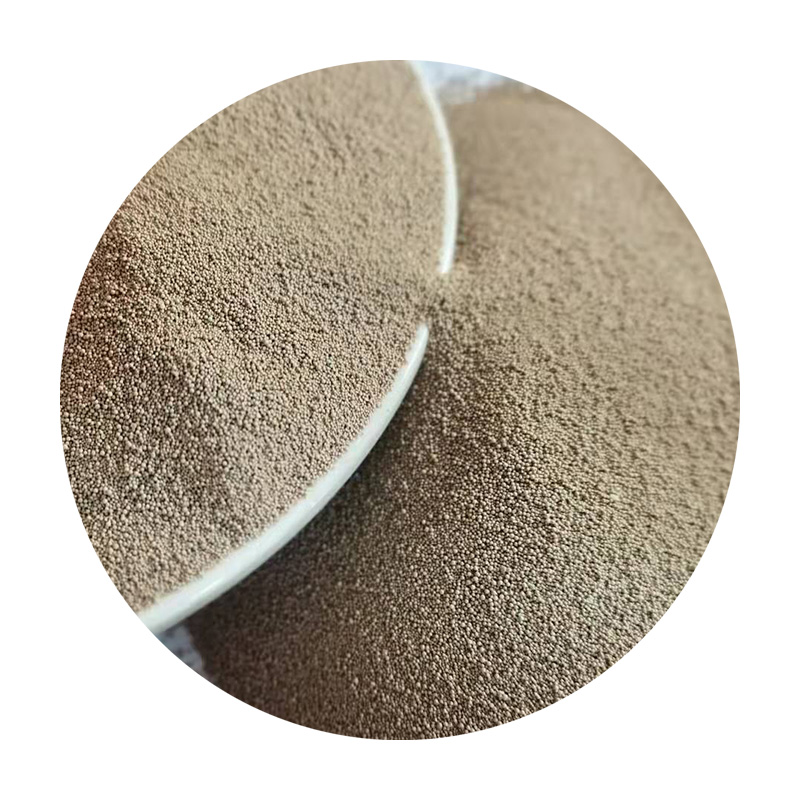3D Printing Sanding Tools Revolutionizing Surface Finishing
In recent years, 3D printing has emerged as a transformative technology across various industries, enabling the rapid prototyping and production of complex parts. One of the lesser-discussed applications of 3D printing is the creation of sanding tools. These tools, crucial for achieving smooth and polished surfaces on various materials, can greatly benefit from the customization and efficiency offered by 3D printing technology.
3D Printing Sanding Tools Revolutionizing Surface Finishing
One major advantage of 3D printing sanding tools is the ability to integrate complex geometries and features that would be challenging to produce with traditional manufacturing methods. For example, a 3D-printed sanding tool can incorporate a specific curvature or contour that conforms perfectly to the surface being sanded. This design flexibility not only enhances the effectiveness of the tool but also often leads to improved safety and comfort during use.
sanding tool 3d print

Material selection is another critical aspect of designing 3D-printed sanding tools. Commonly used materials include PLA, ABS, and PETG, each offering different properties in terms of durability and flexibility. For sanding applications, it is essential to choose a material that can withstand the abrasiveness of sandpaper and the friction generated during use. Additionally, advanced materials like nylon or TPU can be utilized for their resilience and flexibility, further augmenting the performance of the sanding tools.
Moreover, 3D printing can reduce costs associated with producing sanding tools. Traditional manufacturing processes often involve significant upfront investments in tooling and molds. In contrast, 3D printing requires minimal setup, allowing for low-volume production without prohibitive costs. This accessibility makes it feasible for hobbyists and small businesses to create high-quality sanding tools without breaking the bank.
As the technology continues to advance, innovations in 3D printing techniques are expected to enhance the performance and functionality of sanding tools even further. The integration of features like modular designs, where users can swap out different sanding heads for various textures and grits, is already on the horizon.
In conclusion, 3D printing represents a significant leap forward in the realm of sanding tools. The ability to create custom tools tailored to specific tasks, combined with cost-effectiveness and design flexibility, positions 3D-printed sanding tools as a viable alternative to traditional options. As more makers and professionals discover the benefits, it is likely that this innovative approach will become a standard practice in workshops around the world, transforming how surfaces are finished across various crafts and industries.
Post time:10 月 . 13, 2024 02:46
Next:Efficient Methods for Mass Production in Sand Casting Techniques and Applications
